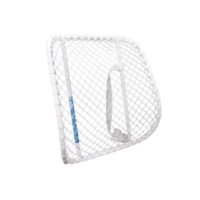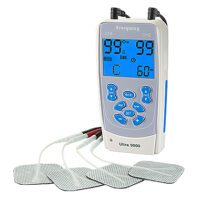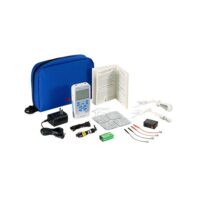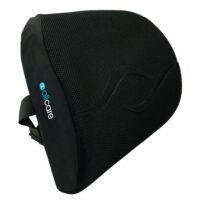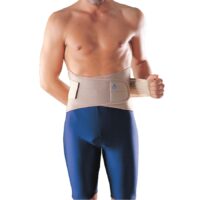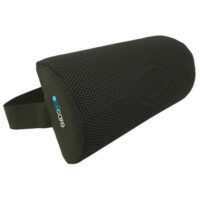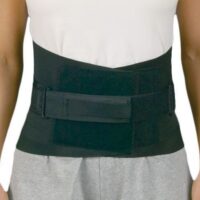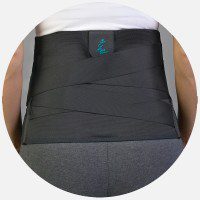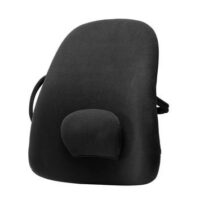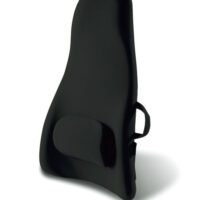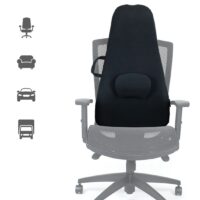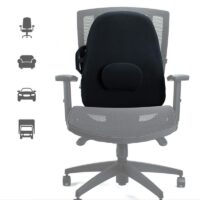Article by John Miller
What Causes Sciatica To Flare Up?
Sciatica is the pain you experience when your sciatic nerve is irritated. This may be a physical pinching or a chemical irritant in the vicinity. How you cure sciatica permanently is essentially identifying why your sciatic nerve is being irritated. Please seek a professional assessment from your spinal physiotherapist or a doctor with a particular interest in managing sciatica.
Sciatica Prevention Tips
Avoid Postures that Hurt.
Depending on your nerve is pinched, you may experience pain when sitting, standing, walking, or lying down. It is essential to avoid whichever postures aggravate your pain. If it’s painful to sit for more than 5 minutes, limit your sitting to 4 minutes. Take regular breaks to stand and walk around. If you must be on your feet, prop one foot on a small block or footrest and switch feet throughout the day. Your body provides heaps of painful hints. Listen carefully, and you will recover quicker.
If your life involves excessive sitting, a back brace or external ergonomic support such as a Lumbar Roll or Bassett Frame can be beneficial in avoiding future bouts.
Following treatment for sciatica, you will probably be able to resume your normal lifestyle and keep your pain under control. However, it's always possible for your disk to rupture again. Reinjury happens to about five per cent of people with sciatica.
Once the pain of sciatica passes, there are strengthening and postural exercises, stretches and other measures that help prevent its return. Would you please get in touch with your physiotherapist for specific advice? Here are some steps you can take in the meantime:
Practice Good Posture.
Stand up straight and stretch yourself upwards, “trying to grow as tall as you can”. This posture will help turn on your deep abdominal muscles that open the spaces in your spine where your nerves are vulnerable to pinching.
Walk/Swim?
Walking and swimming can help to strengthen your lower back. Lift objects safely. Always lift from a squatting position, using your hips and legs to do the heavy work. Never bend over and lift with a straight back. Look up as you lift.
Use Proper Sleeping Posture.
Ease your back's pressure by sleeping on your side, or supine, with a pillow under your knees. If you don’t feel pain, you are in the correct position.
Avoid Wearing High Heels.
Shoes with heels that are more than 1½ inches high shift your weight forward, excessively arches your back and can further pinch the sciatic nerve.
For more advice about Sciatica, don't hesitate to get in touch with your physiotherapist.
Why Does Pinching a Nerve Hurt?
Nerves have many functions, transmitting messages around the body, rather like a telephone system. They allow us to feel things that happen to us, such as things we touch or that touch us, hot and cold, and pain and they cause our body to do something, e.g. making your leg muscles contract when you want to walk.
When a nerve is pinched, it may malfunction, and we might feel pain, numbness, pins and needles, and we might find our limbs are weak or do not work in the way they should. The nerve may also get inflamed and irritated by chemicals from the disc's nucleus without surgery.
Pressure on the sciatic nerve from a herniated disc usually causes sciatica. The problem may be termed radiculopathy, meaning that a disc has protruded from its normal position in the vertebral column and pinched the sciatic nerve's root (origin).
The degree of pain is often "ridiculously" high as well. Less direct nerve pinching, e.g. swelling around the nerve, is usually a less severe dull ache. However, this can progress into radiculopathy as swelling increases.
Other things can cause irritation or pressure on a nerve in the spine. Sometimes this may be a rough and enlarged part of one of the bony vertebrae, brought about by ageing. Rarely, infections and tumours are to blame. Most times, the cause is nothing too serious, but one of the reasons for seeing your physiotherapist or doctor if the pain persists is to exclude these serious and treatable causes.
Related Articles
- Sciatica Treatment - Discover effective treatment options for sciatica, including physiotherapy techniques and exercises.
- Back Pain - Learn about common causes of back pain and strategies for prevention and relief, closely tied to sciatica issues.
- Nerve Pain - Gain insights into different types of nerve pain beyond sciatica, including causes and treatments.
- Spinal Stenosis - Understand how spinal stenosis can cause symptoms similar to sciatica and options for managing this condition.
- Piriformis Syndrome - Explore how piriformis syndrome can mimic or contribute to sciatica pain and ways to alleviate it.
- Spondylolisthesis - Find out about spondylolisthesis, a condition that can lead to sciatic nerve compression and pain.
- Disc Bulge and Herniation - Learn about how disc issues can press on the sciatic nerve, causing sciatica, and the treatments available.
- Posture Correction - Get tips on improving posture to prevent sciatica and other nerve pain from developing or worsening.
- Ergonomics for Lower Back Pain - Discover ergonomic adjustments that can reduce the risk of sciatica flare-ups and lower back pain.
- Core Strengthening Exercises - Understand the importance of core strength in supporting the spine and alleviating pressure on the sciatic nerve.













